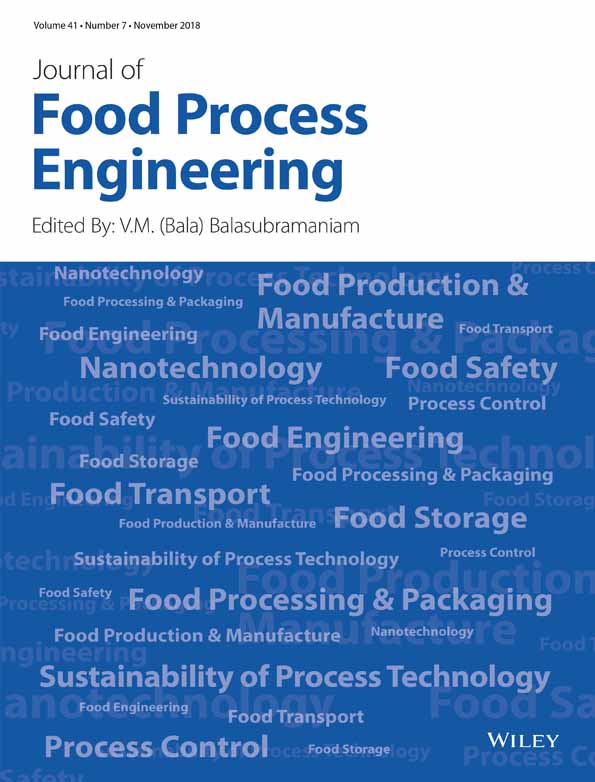Determination of the protective effects of olive leaf extracts on microbiological and physicochemical properties of pepper paste using the image processing methods
Funding information: Osmaniye Korkut Ata University Scientific Research Projects Unit, Grant/Award Number: 2017-PT3-007
Abstract
Deterioration due to chemical and microbiological changes is the most important problem encountered in the production and consuming period of the traditional and modern red pepper paste. On the other side, it is stated in the literature that the olive leaf is an effective natural preservative for similar deteriorations. However, a research related to the preservative effect of olive leaf on pepper paste has not yet been presented in the literature. In the study, olive leaf extract (OLE) was added at different concentrations to the industrial sweet pepper paste and preservative effect of OLE was measured to complete the mentioned deficiency in the literature. However, the experimental results were not suitable for modeling since it contained too much local optimum. Therefore, the experimental results corresponding to not tested independent variable combinations were predicted by bicubic interpolation method. Then, the predicted values were transformed into images to visual determination of significant changes associated with OLE concentrations and storage days. According to the findings, the OLE supplementation between 2.5 and 3.5 g/kg provides optimum microbiological preservation along 15 days for the pepper paste stored as cover-open. However, OLE supplementation did not cause any physicochemical or color changes for pepper paste stored as cover-open. Also, there was no significant microbiological, physicochemical or color changes determined for the pepper paste stored as cover-closed. As a result, OLE supplementation between 2.5 and 3.5 g/kg suggested to preserve the canned pepper paste microbiologically after the consumption has started. Thus, the effect of the OLE on pepper paste was determined and presented to the literature.
Practical application
OLE supplementation between 2.5 and 3.5 g/kg inhibits the microbiological growth in pepper paste stored as cover-open. Thus, the canned pepper paste supplemented with OLE can be protected microbiologically after start of consumption. Olive leaf that is originally wasted also can be evaluated.
CONFLICT OF INTEREST
The authors declare that they have no conflicts of interest.




